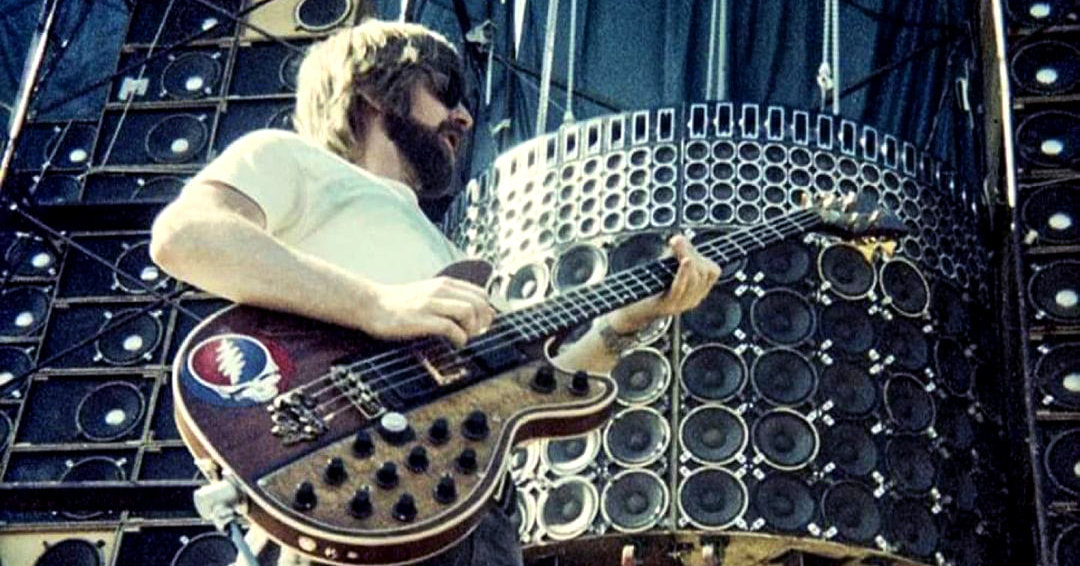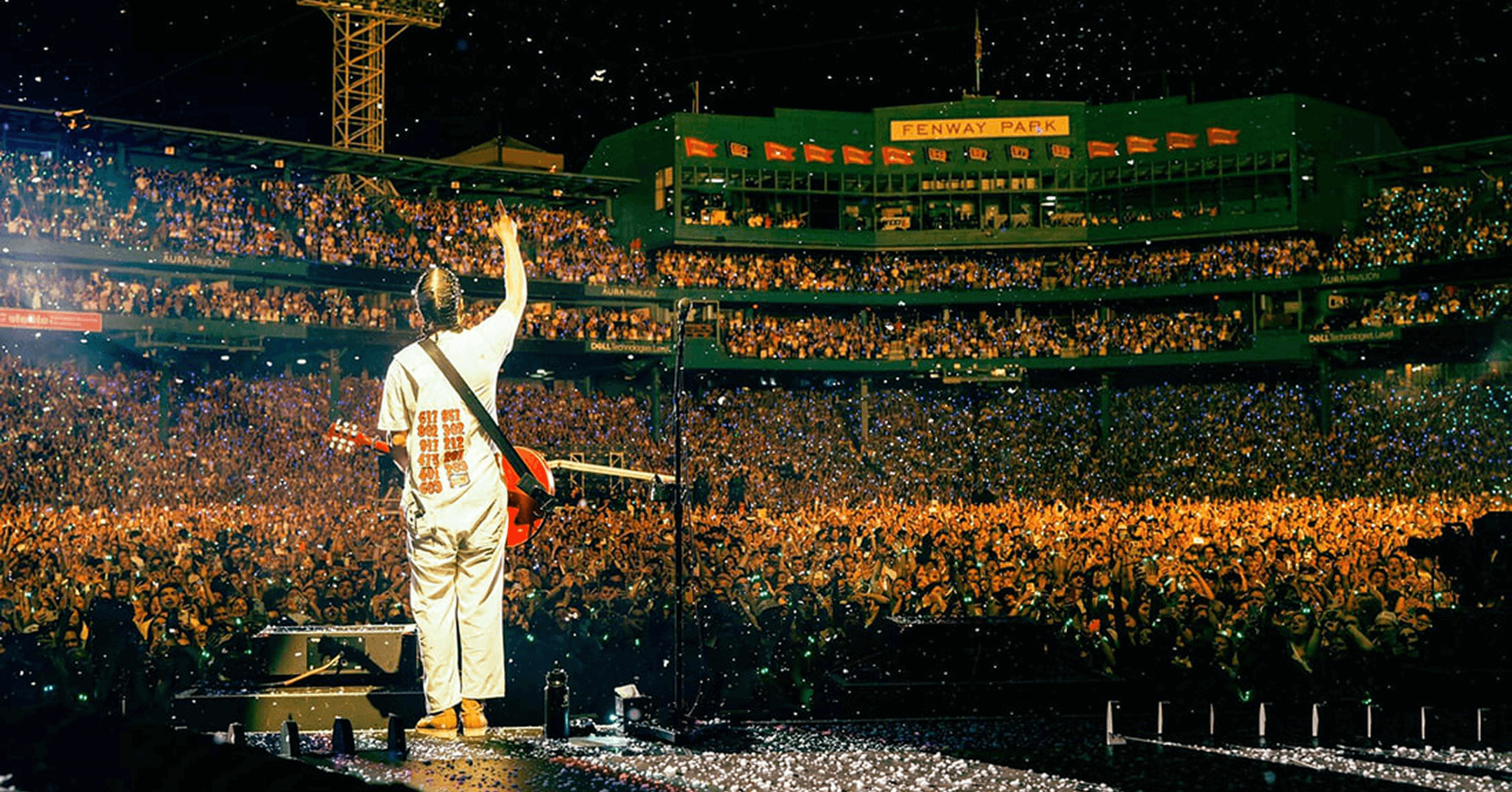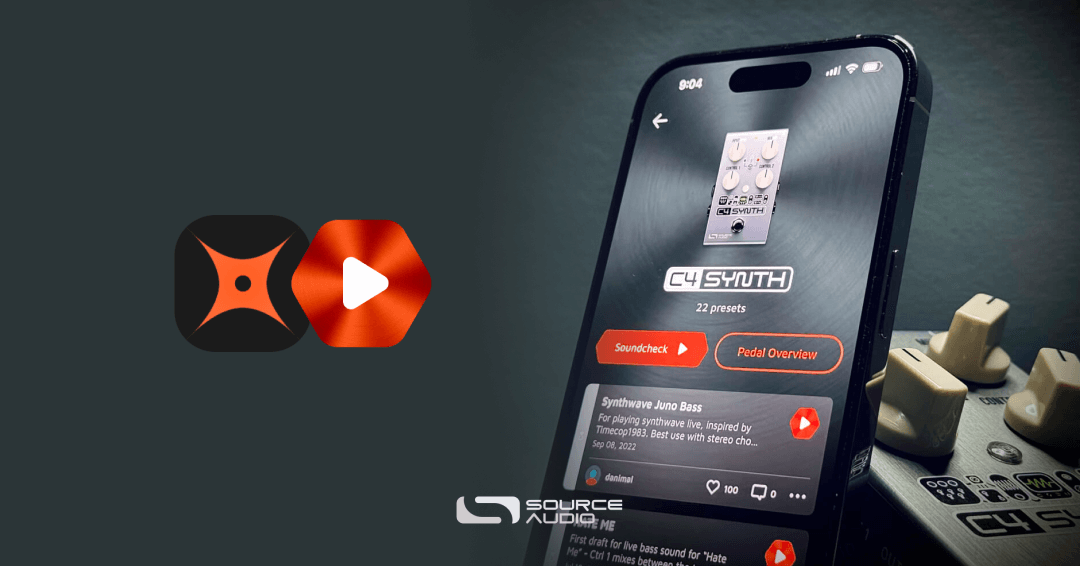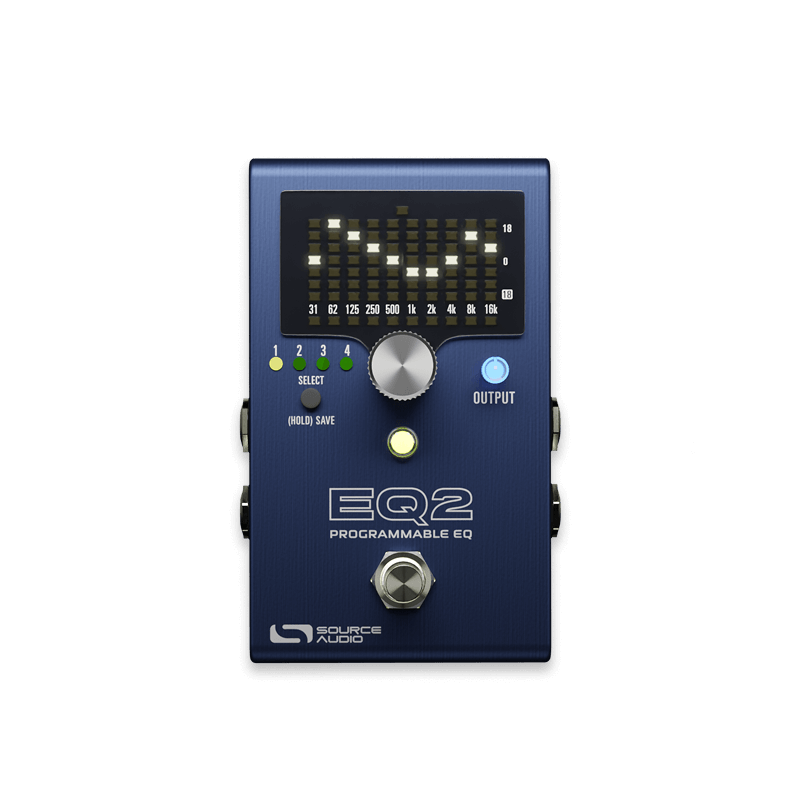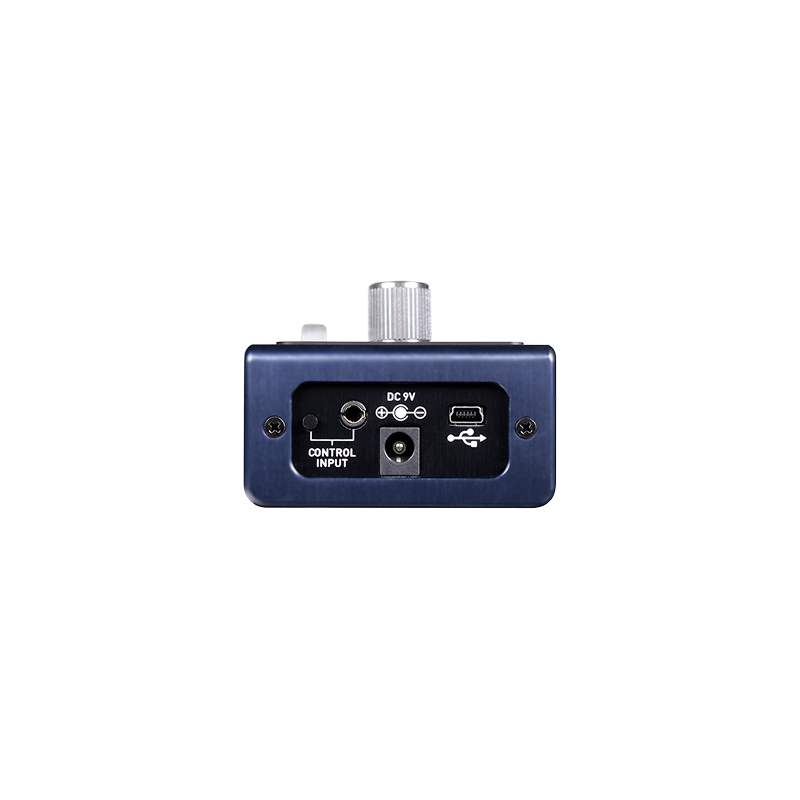I have spent quite a bit of time pouring over tributes to Phil Lesh from all corners, including the roster of artists who have incorporated Source Audio’s products into their sound over the years. Billy Strings, Warren Haynes, John Mayer, Mike Gordon, Eric Krasno, Andy Falco, and Trey Anastasio are among those who wrote heartfelt personal tributes to the groundbreaking bass player of the Grateful Dead, who passed away Friday morning a week ago.
Phil was a classically trained violinist and trumpet player with deep exposure to jazz and avant-garde exploration. He only picked up the bass when kindred spirit Jerry Garcia needed a bass player for the new band that eventually became the Grateful Dead. Unencumbered by traditional rock bass paradigms, given his unique path to the instrument, Phil could seamlessly jump from holding down the groove to melodic runs that wove the band’s sonic fabric with mastermind Jerry Garcia. It’s evident all over their studio work and live shows. They say that Grateful Dead music will remain relevant for hundreds of years. Some of this relates to the songwriting, but the live performances—brilliantly captured since about 1967—preserve the magic far beyond the notes and words on a page.

My sister played American Beauty for me when I was around 11 years old, and my life was forever changed. It was beautiful music and I was hooked. As the years went by I went on to discover the more adventurous live albums in high school, then started collecting live “bootleg” tapes aggressively in college. Listening carefully to the construction of the jams in these live shows revealed Phil’s brilliance. I also went to about 100 live shows across the Northeast and three at Red Rocks in Colorado.
As a young kid, I never imagined that, through a series of circumstances, I’d be lucky enough to meet the brilliant technicians behind the Grateful Dead’s impeccable live sound—visionaries who helped revolutionize how audiences experience live music in large venues. After high school I attended New York University and then Boston University where I studied electrical engineering. Eventually I landed a position at Analog Devices, a global semiconductor leader based in Wilmington, Massachusetts. I soon learned that Analog Devices' chips were being used by the Grateful Dead to attenuate microphones associated with the Leslie speakers on stage. For those curious, these were digital-to-analog converters with a logarithmic-shaped response curve (aka 'Log DAC'). After six months of training, I was transferred to Silicon Valley and, ironically, lived in Menlo Park, just two blocks from where the band first performed at a pizza place in 1965. Jerry had just come back from his coma in 1986, so I attended the first of many Bay Area shows during one of the band’s peak periods.

Around this time, I was introduced to Don Pearson and Geoff Peters of Ultrasound in San Rafael. Don operated the soundboard next to Dan Healy at every Grateful Dead show, while Geoff was the system designer, working in the lab on product design and tech support. The Grateful Dead were dedicated to high-quality sound systems from the very beginning. Owsley Stanley III (also known as 'Bear') was famous not only for driving innovation for the band but also for creating high-quality multi-track recordings of every show. He did some other famous things to help finance all of this, but that’s a story for another day. Bear’s gigantic 'Wall of Sound' was unleashed in 1974. While visually and audibly impressive, as well as unprecedented, it was impractical, and the band started working with Ultrasound in 1980 for a more manageable sound reinforcement solution on tour. This is not to say that quality was no longer an obsession; Don and Geoff were among the first to use Meyer Sound speakers in flexible suspended stacks and ultra-low-noise custom soundboards made by Jim Gamble.
Geoff and I explored using real-time DSP processing to adjust hall EQ settings during performances. During that era, EQ for the PA was established before the show with pink noise in an empty venue. Once the venue was full, acoustics changed, and the EQ was no longer accurate, but adjustments were no longer possible. Geoff knew that Analog Devices was pioneering DSP chips and audio-band data converters. Ultimately, off-the-shelf solutions proved more practical than what we envisioned, but it was an exciting project."




Thank you for the music, Phil! <3
My Top 5 Live Moments from Phil Lesh
It's nearly impossible to pick only five great moments from the incredible musical legacy of Phil Lesh, but I'll give it a try. It's all captured within countless hours of beautifully recorded Grateful Dead bootlegs. I hope you love these as much as I do.
Fillmore East – April 29th, 1971 – "Jam" >"Going Down the Road" > "Cold Rain and Snow"
Start your listen of this coming out of the drums and into the jam. Phil and Jerry are creating spontaneous magic. I know this sequence note for note and you should too!
Princeton University – April 17th, 1971 – "Good Lovin"
Start your listen coming out of the drums. While this track is considered one of Pig Pen’s finest moments, it’s really the backing track of the band that brings Pig’s story to life. Jerry and Phil are on fire.
Fillmore East – February 11, 1970 – "Dark Star" > "Spanish Jam" > "Lovelight"
What makes this fascinating is Phil hands off bass responsibilities partway through Lovelight to Berry Oakley. This allows the listener to hear two of the most famous bass players of the era play on the same stage, the same night, and within the same song. When one considers that Duane Allman and Peter Greene are also in the mix, this sequence is required listening
Fillmore East – February 14th, 1970 – "Me and My Uncle" > "Not Fade Away" > "Mason’s Children" > "Caution" > "Feedback"
This sequence is high energy with Phil and Jerry driving the band through an amazing final set of this historic stand at the Filmore East. Many people consider the night before the best Grateful Dead show of all time, and when considered together, these are unquestionably the best back-to-back performances of all time. It’s also extremely well recorded by Bear.
Great American Music Hall – August 13th, 1975 – "Help on the Way/Slipknot" > "Franklin’s Tower" > "The Music Never Stopped"
This is the opening sequence from a rare live performance while the band was on an extended hiatus from touring. The tracks were all from the upcoming “Blues for Allah” album and played in an intimate setting of industry professionals. A 16-track recording was made, and released 16 years later as the first installment of live shows “From the Vault”. There was also an FM broadcast a week after the show that circulated among the collectors. The show represents an extremely successful pivot from the psychedelic electric sounds of the early 70s to the more intricate songwriting compositions that would define the later 70s and beyond. While the nature of the musical change is prominent compared to the other shows I have listed, Phil’s bass work is still in front and shaping the sound in dramatic fashion.
